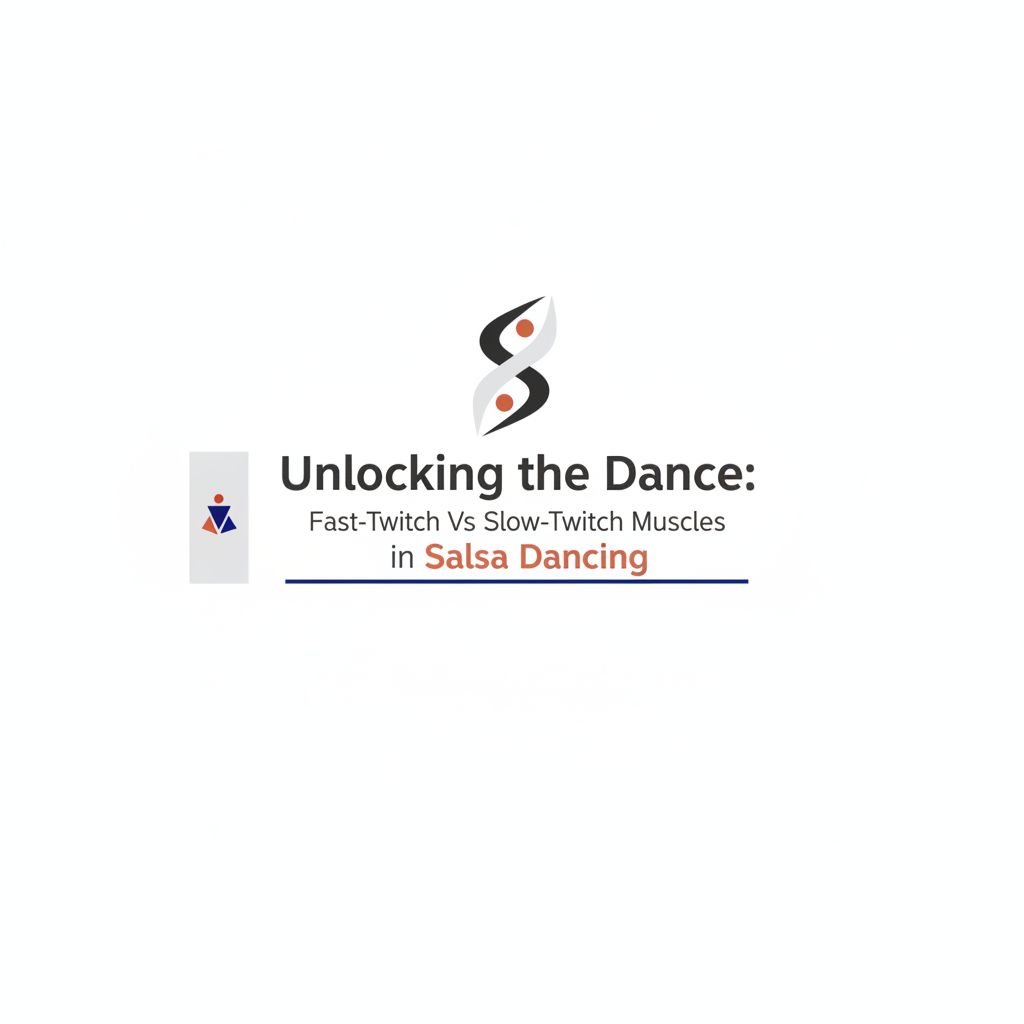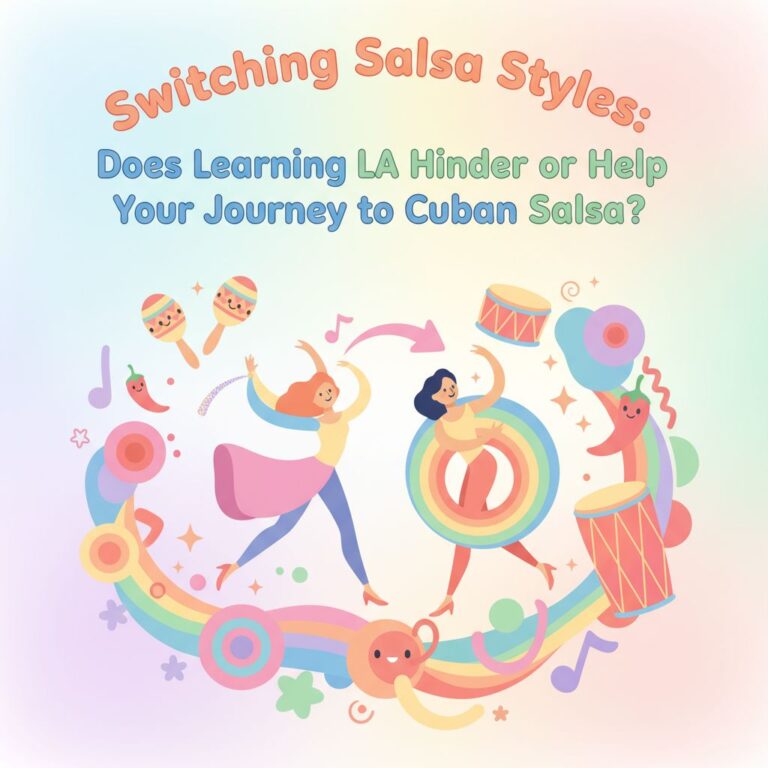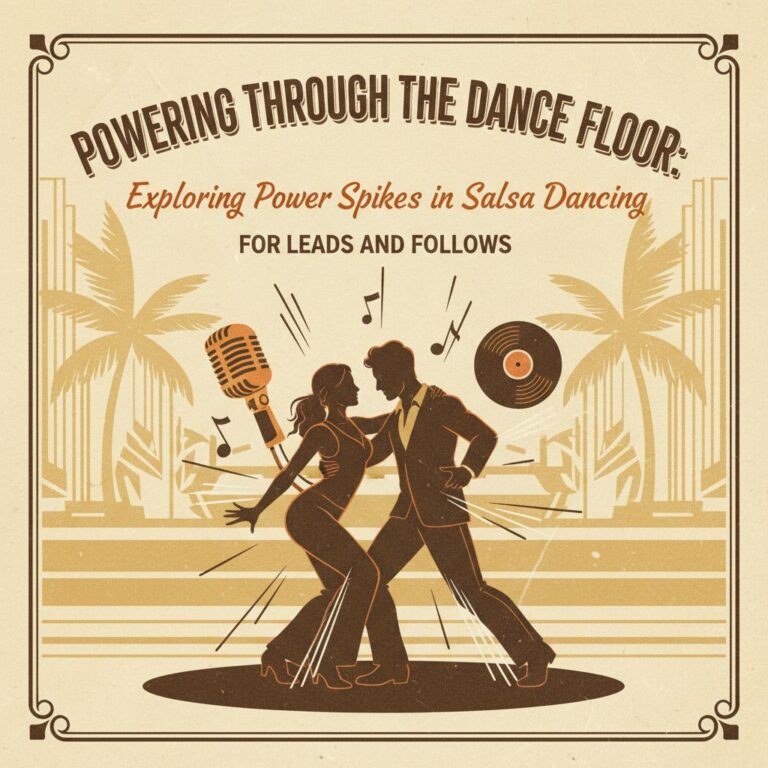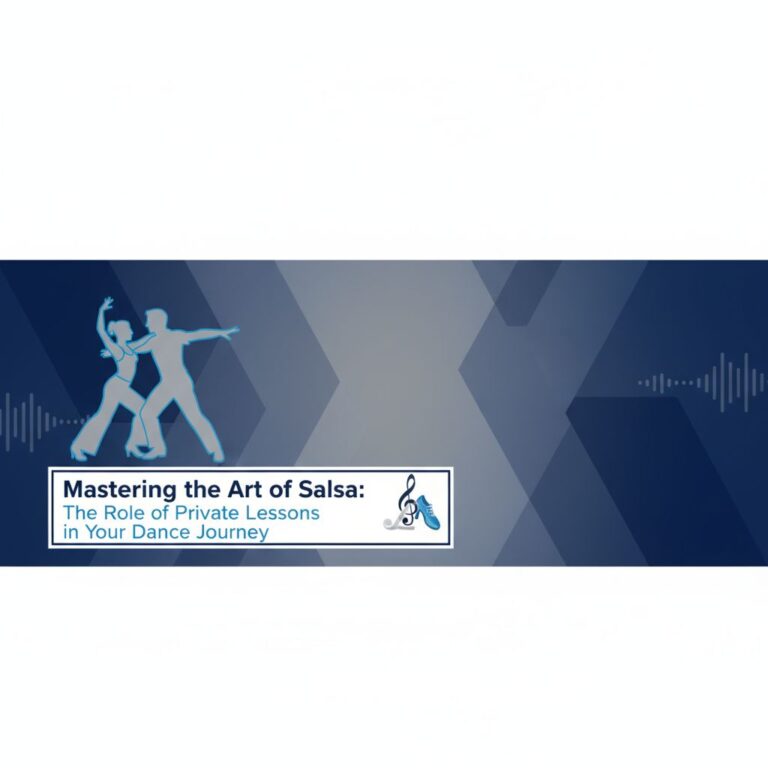Understanding the Dance Mechanics
When it comes to dancing, particularly in salsa, understanding the mechanics of your body can help in improving your performance. Every muscle in our body consists of both fast-twitch and slow-twitch fibers. These fibers contribute differently to various aspects of a dancer’s performance, from the brisk movements to the sustained holds.
Fast-twitch fibers, also known as Type II fibers, are responsible for sudden, powerful movements. They contract quickly and provide strength and speed, but fatigue more swiftly as well. On the other hand, slow-twitch fibers, or Type I fibers, are more about endurance. They contract slowly, and while not providing the same power as their Type II counterparts, they resist fatigue much longer.
Fast-Twitch Muscles: Fueling the Fervor of Salsa
In the context of salsa dancing, fast-twitch muscle fibers hold a significant place. The sudden turns, quick steps, and dynamic lifts all demand a certain degree of power and agility. This is where these Type II fibers come into play, making it possible for dancers to execute energetic routines that involve quick, explosive movements.
For leads in salsa, who often drive the rhythm and the performance, having well-developed fast-twitch fibers can make a marked difference. It can enable them to perform snappy, high-intensity moves with precision and strength, whether it’s a demanding spin sequence or an intricate lift.
Slow-Twitch Muscles: Sustaining the Rhythm
While the fast-twitch muscles provide the power and speed, slow-twitch muscles are equally crucial in salsa dancing. These fibers lend themselves to the prolonged, controlled movements that are often a part of salsa routines.
For leads, these muscles can be key in maintaining the fluidity of partner work. Slow-twitch fibers help with sustained movements, allowing for smooth transitions, continuous sways, and enduring the length of the dance without fatigue.
Finding the Balance
It’s not about choosing one over the other; instead, it’s about understanding the role of both and using them to your advantage. A well-rounded salsa dancer would likely have a balance of both fast-twitch and slow-twitch muscles, catering to the various demands of salsa dancing.
So, do slow-twitch muscle fibers lead to slow hands and feet in salsa? Not necessarily. Dancing involves not just speed, but also control, rhythm, and endurance. It’s about how well you can manage and blend these aspects to create a beautiful, cohesive performance.
Building Your Salsa Stamina
Building up both fast and slow-twitch muscle fibers can be beneficial for salsa dancers. High-intensity exercises like sprints, jumps, or lifts can help improve your fast-twitch muscle performance, while endurance activities like running or cycling can help enhance your slow-twitch muscle functions.
However, there’s no substitute for practicing the dance itself. Salsa dancing, like any other form of physical activity, requires specific technique and muscle memory. The more you dance, the better your body will get at understanding and executing the movements.
In a nutshell, while the science of muscles and fibers can provide insights into understanding your dance performance, the true magic of salsa lies in the rhythm, the connection, and the joy it brings.







